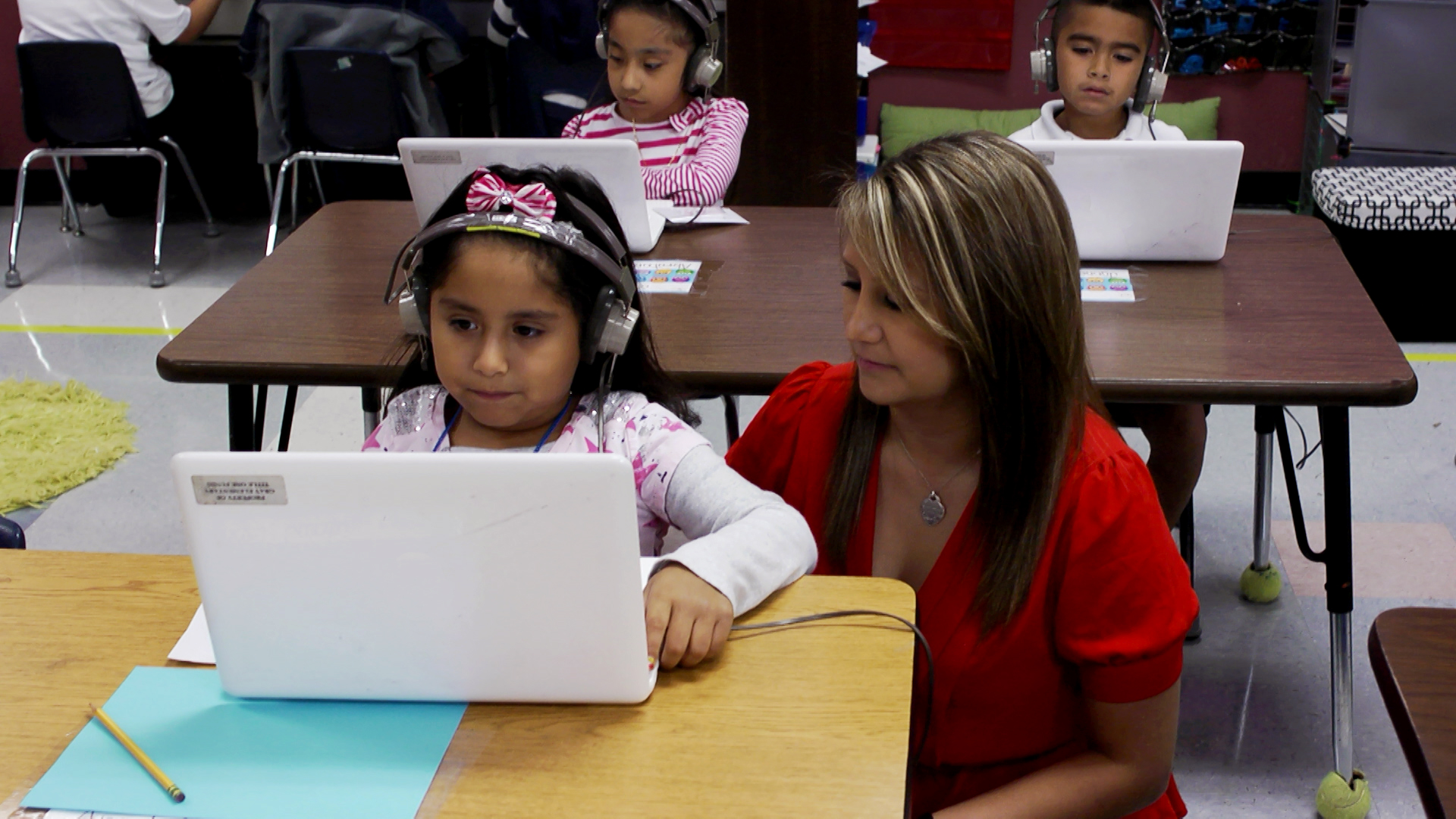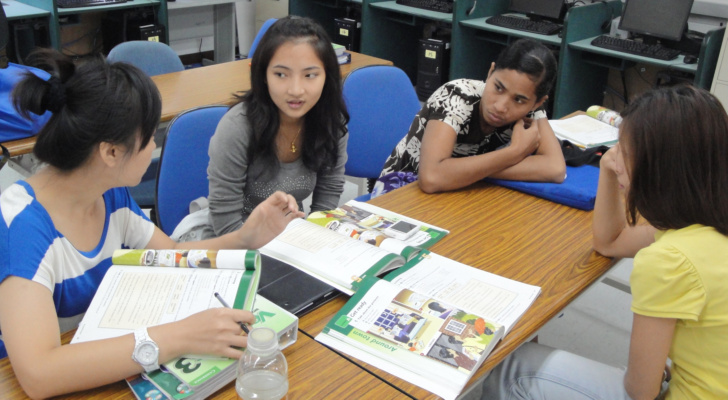M.A. TESOL
Candidate: LETICIA CRUZ
ED695
March 2015


RESEARCH
TOPIC

Computer Assisted Language Learning
in the area of
ORAL LANGUAGE



Introduction
- Technology in the classroom
- Definition of CALL
- Importance of oral Language
- Relation to Guam public schools
- Focus of Study


Technology in the Classroom
- Evolving in the education process
- Tool used to promote learning
- Includes various innovations
- Meeting the needs of learners


-
ESL LEARNERS
- Language acquisition
- Aid language learning
CALL
- Computer Assisted Language Learning
- Originated in the 1960s
- Has developed over the years
- Other terms TELL, CALI, MALL
- TOOL not a method
- Benefits 4 modalities of language
WHAT METHODS DO YOU KNOW?


-
Increase in technology within the schools
- Grants and Remodeling
- ESL student population
- Meeting their needs
- Modern-day classroom
- general education
- ESL program/services
Relation to Guam Public Schools



- Speaking and Listening
- Fundamental in language development
- Implementation of standards for these skills
- Educationlists view:
NEEDS MORE ATTENTION - Integral part of learning
- Structure of instruction
- Motivation results from peer relationships
Oral Language

%20Domains%20K-12.png)
Effects of CALL on Oral Proficiency of ESL learners in the primary level of the Guam public schools


FOCUS OF STUDY
RESEARCH QUESTIONS
- How is CALL integrated into instruction of ESL students?
- What types of CALL are used to achieve oral language proficiency within ESL students?
- What are the effects of CALL on student achievment in relation to oral language proficiecny?


SIGNIFICANCE OF STUDY
- Examines the use of CALL within a local public school.
- Examines the effects CALL has on ESL learners in relation to oral language proficiency.
- Results of the study will provide feedback in regards to effective use of CALL for our primary students identified as ESL.


DEFINITION OF TERMS
- CALL
- ESL
- Oral language
- Language proficiency
- Student achievement



References
Carr, N. T., Crocco, K., Eyring, J. L., & Gallego, J. C. (n.d.). Perceived Benefits of Technology Enhanced Language Learning in Beginning Language Classes. International Association for Language Learning Technology, 41(1). Retrieved from http://www.iallt.org/iallt_journal/perceived_benefits_of_technology_enhanced_language_learning_in_beginning_language_clas
Chang, M.-M., & Lehman, J. D. (2002). Learning Foreign Language Through An Interactive Mulimedia Program: An Experimental Study on the Effects of the Relevance Component of the ARCS Model. CALICO Journal, 20(1), 81-98. Retrieved from https://www.calico.org/html/article_402.pdf
Davies, G. (n.d.). CALL (Computer Assisted Language Learning). Retrieved from Centre for Languages, Linguistics & Area Studies: https://www.llas.ac.uk/resources/gpg/61
Department of Education and Skills. (2006). Unit 4: Speaking, Listening, Learning: Working with Childen Learning English as an Additional Language. In Excellence and Enjoyment: Learning and Teahing for Bilingual Children in the Primary Years. Primary National Strategy. Retrieved from http://www.naldic.org.uk/Resources/NALDIC/Teaching%20and%20Learning/pri_pubs_bichd_213506_021.pdf
Huneycutt, T. (2013, October 8). Technology In The Classroom: The Benefits of Blended Learning. Retrieved from National Math + Science Initiative: http://www.nms.org/blog/TabId/58/PostId/188/technology-in-the-classroom-the-benefits-of-blended-learning.aspx
Morales, N. E. (2014, May). Use of Computer Assisted Language Learning. Education and Human Development Master's Thesis. Retrieved from http://digitalcommons.brockport.edu/cgi/viewcontent.cgi?article=1398&context=ehd_theses
Noeth, R. J., & Boris B, V. (2004). Evaluating the Effectiveness of Technology in Our Schools. ACT. Retrieved from http://www.act.org/research/policymakers/pdf/school_tech.pdf
Shafaei, A. (2012). Computer Assisted Learning: A Helpful Approach in Learning English. Frontiers of Language and Teaching, 3. Retrieved from http://www.academia.edu/2365227/Computer_Assisted_Learning_A_Helpful_Approach_in_Learning_English
Shepherd, A. (2008, May 8). Speaking and Listening. TES Connect. Retrieved from https://www.tes.co.uk/article.aspx?storycode=2113584
The State Education Department; The University of the State of New York. (2010). Technology-Enhanced Instruction for English as a Second Language (ESL) and Bilingual Education. Albany . Retrieved from http://www.p12.nysed.gov/biling/docs/TechProjectFinal.pdf
